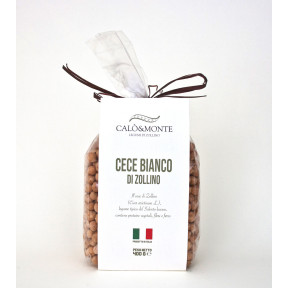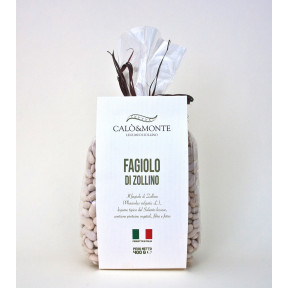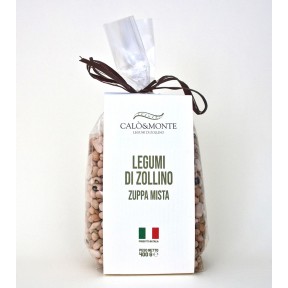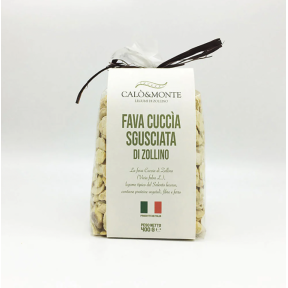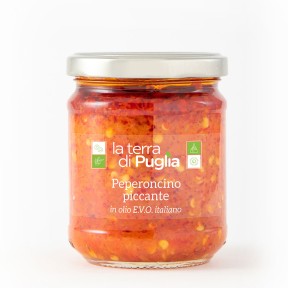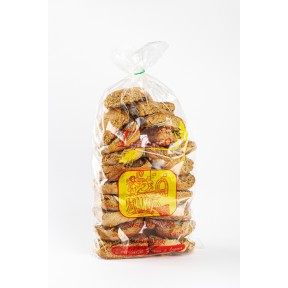Introduction to the Grass Pea Plant
The grass pea, scientifically known as Lathyrus sativus, is an ancient and resilient leguminous plant, primarily cultivated in Mediterranean regions and parts of Asia. Grass peas belong to the Fabaceae family and are known for their ability to thrive in adverse climatic conditions, such as drought. The grass pea plant is characterized by blue or white flowers and produces pods containing small edible seeds, which are the grass peas themselves.
Nutritional Properties of Grass Pea
Grass peas are an exceptional source of protein, making them a valuable food especially in vegetarian and vegan diets. These grass pea legumes are rich in fiber, B vitamins, and minerals such as iron, calcium, and phosphorus. Consuming grass peas can help improve heart health, regulate blood sugar levels, and aid digestion. Despite their numerous beneficial properties, it is important to consume them in moderation due to the presence of a neurotoxin that can cause issues if ingested in large quantities.
Grass Pea Production by Calò&Monte
Calò&Monte adopts an approach that values sustainability and quality of their crops, respecting the environment and local traditions. The production area is carefully chosen to ensure optimal conditions for the growth of legumes. The raw materials are carefully selected, using native seeds and cultivation techniques that preserve biodiversity. This method ensures that the grass peas produced are of the highest quality, retaining their nutritional properties and authentic flavor.
Recipe Ideas with Grass Pea
Grass peas are incredibly versatile in the kitchen and can be used in a variety of recipes. One of the most popular preparations is grass pea soup, perfect for cold days. To prepare it, simply cook the grass peas with onions, carrots, celery, and tomatoes, adding spices like rosemary and pepper to enhance the flavor. Grass peas can also be used to create delicious meatballs, nutritious salads, or puree to spread on crostini. Experimenting with grass peas in the kitchen allows you to appreciate their versatility and nutritional value.
Cooking Dried Grass Peas
Before cooking dried grass peas, it is advisable to soak them for at least 8 hours, changing the water a couple of times. This process helps reduce cooking time and eliminate any antinutritional substances. After soaking, rinse the grass peas well and cook them in plenty of water for about an hour, until they become tender. Cooked grass peas can be used in a wide range of recipes with grass peas to create delicious and healthy dishes.
Buy Your Puglian Grass Peas Now
Ready to discover all the benefits of grass pea legumes? LaTerradiPuglia offers you high-quality grass peas on this page. Integrating grass peas into your daily diet has never been so easy and tasty. Try them today and start enjoying their extraordinary nutritional properties!





